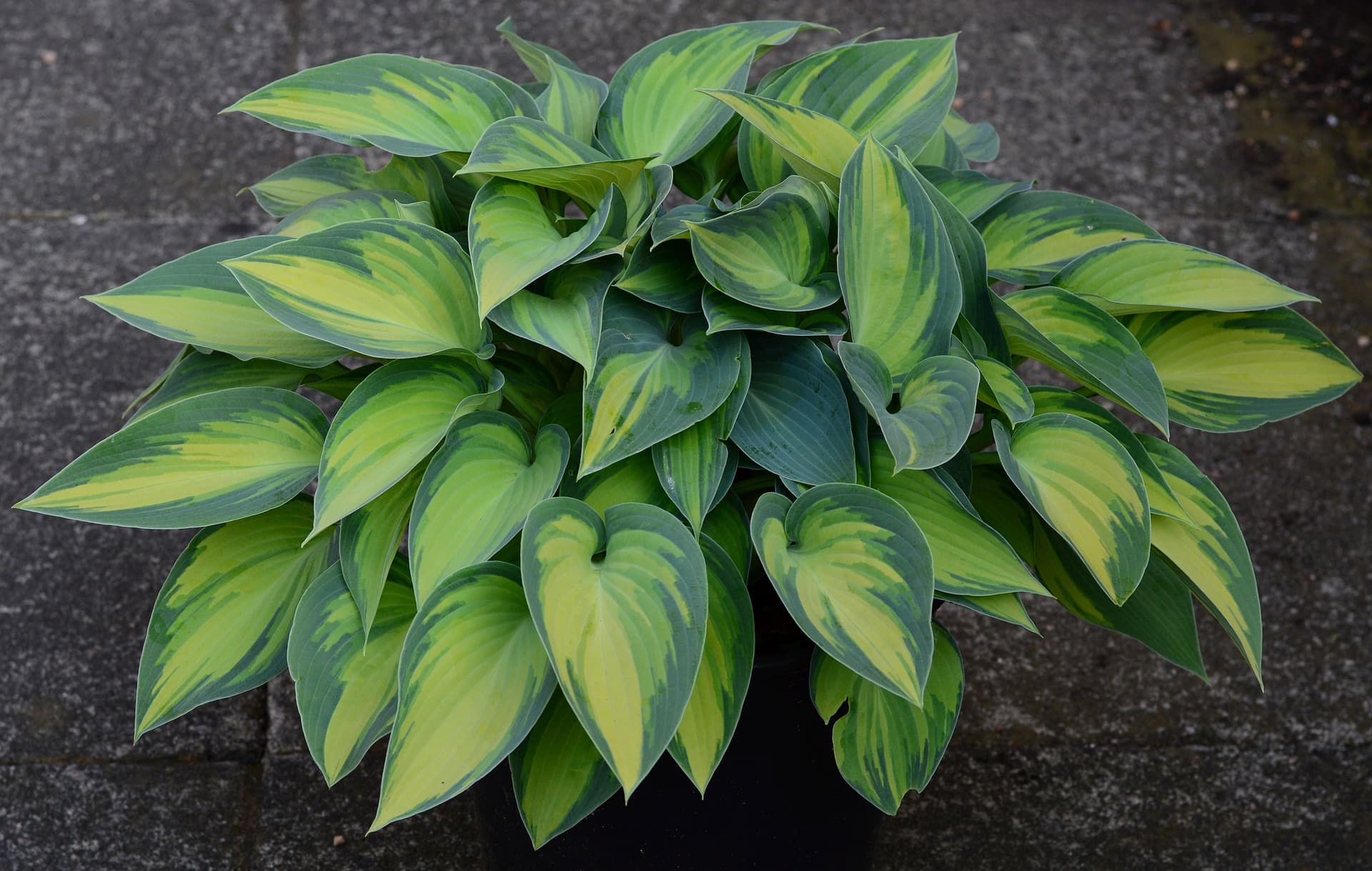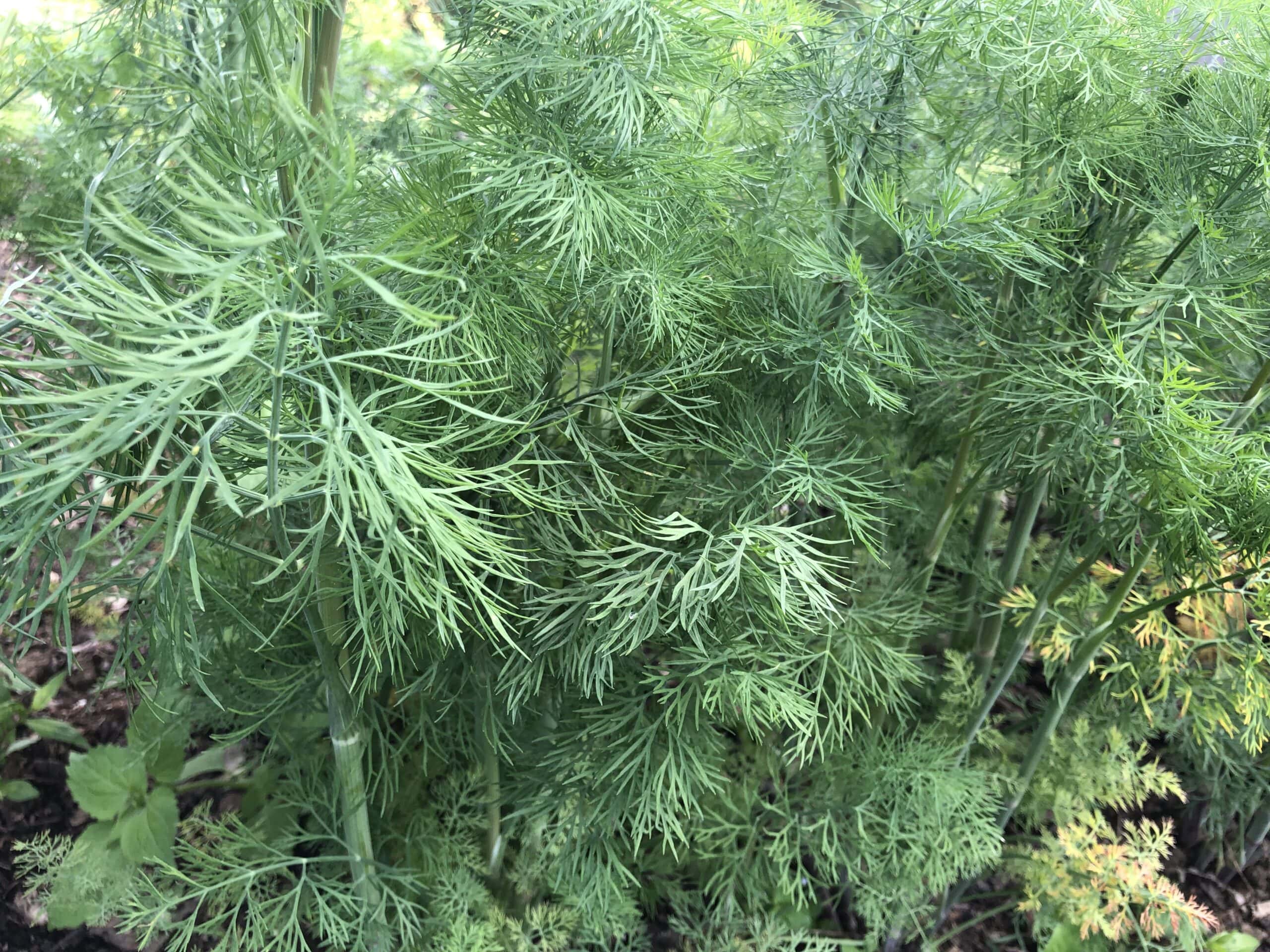This post may contain affiliate links. Probably doesn’t, but it might. It doesn’t cost you anything extra but if you use these links to buy something, we may earn a commission.
There are flowering perennials that love shady and half-shady areas. You do not have to give up blooms to populate those shady areas in your garden. Many perennials will continue to flower with just 3-4 hours of sunlight each day.
Here are some favorite shade-loving perennials. These plants are reliable and tolerant of many soil conditions.
Table of Contents
Athyrium, Osmunda, Matteuccia, Ferns
There are many varieties of ferns. Ferns do not flower, but the foliage is beautiful and very different from most other plants. There are numerous ferns with variegated colors on the leaves, such as the Regal Red Japanese Painted Fern, Athyrium niponicum. Ferns thrive in full shade with consistent watering. The young shoots, or “fiddleheads,” of ferns are edible and considered a delicacy.

Aster laevis ‘Bluebird’ Aster
There are lots of aster varieties! The tall native aster is Aster laevis, compared to Aster cordifolius (common wood aster), which is a low growing plant suitable for full shady areas, or Aster novae-anglia (New England Aster), plus many other varieties. Each has its own charm and characteristics: height, bloom time, color (variations from dark purple/blue to magenta pink), and sun/shade preferences. Very reliable and dependable. ‘Bluebird’ thrives in half-shade and sunny areas.
Astilbe spp., Astilbe
Flexible in its sun requirements, Astilbe can be grown in full shade, half-shade, or even full sun. Our experience has been that the hot temperatures in the summer can overwhelm Astilbe and sunburn the leaves. In full shade, these plants will continue to bloom but the plants will not be as large. Half and half will give you the largest blooms. The feathery plumes are a delight in shady corners of the garden. Each variety blooms at a slightly different time, with bloom time ranging from mid-spring to late summer. Astilbe multiplies slowly, so division every 4-5 years is sufficient to keep the plantings under control. Regular watering, particularly in the summer, helps the plants do well.
Dicentra, Bleeding Heart
This perennial is very reliable and grows well in full sun to half-shade to nearly full-shade. Your plants that get half-day sun will be larger in both height and width than the ones in full shade. Plants in full sun will bloom sooner, but will also go into dormancy in the summer. Profuse flowers can also be cut for bouquets. This perennial blooms in late spring, so we are always thrilled to see the graceful flowers.

Geranium maculatum ‘Espresso,’ Wild geranium or American Cranesbill
Happy in shady areas in zones 3-8, Wild Geranium is common in woodlands as a low growing perennial. Its delicate lavender or pink flowers are very showy in the spring and early summer. This is a plant which will show heat stress and is best planted with late blooming flowers that can cover the foliage later in the season. Cranesbill re-seeds well and can create an attractive groundcover. It is a pollinator favorite.
Heuchera, ‘Silver Scrolls’
This is a purple and silver-leaved perennial that can tolerate full shade. It has beautiful leaves as well as delicate spikes of pink flowers. The flower spikes hold up well in cut flower arrangements.
Hosta spp.. Hosta
Hostas are the workhorses of a shade garden. Although they thrive in the shade, they can also handle half-shade and even sunny conditions. There are many varieties with varying colors of leaves. The plants do send ,up spikes of flowers in the early summer, which are an attractive addition to cut flower bouquets, but the foliage is the primary attraction. A cautionary note: Hosta leaves can be toxic to pets.

Liatris spicata Blazing Star or Gayfeather
A magnet for butterflies, the feathery upright spikes of Liatris are excellent for cut flowers also. The purple spikes have a series of buds that open into airy lighter tassels. Pollinators love this plant, but deer do not. Does best with at least 3-4 hours of sun daily. It is heat, humidity, drought, and cold tolerant, but Gayfeather cannot tolerate wet in the winter. Good drainage is essential for your plants to survive. As a tall plant, 3-5 feet at maturity, Gayfeather is an attractive vertical element in the garden.
Solidago sphacelata, ‘Golden Fleece’ Goldenrod
Some varieties of Solidago are very aggressive in the habitat and can take over an area. ‘Golden Fleece’ has beautiful golden flowers that do well in bouquets as well as adding bright color in the garden, and it is modest in its spreading habit. The more flowers you cut, the longer the plants will produce. Divide every three years.
Tiarella cardifolia, Foamflower
This is a lower-growing perennial that can work as a ground cover. It has geen leaves with a red-heart shaped patter and slender flower stalks with white, airy, fairy-wand like flowers.
3 Tips for Planting for Perennial Success
Put the right plants in the right place matching shade-lovers and sun-lovers to the locations in which they do best. Shade loving plants will get sunburn on their leaves in full sun. Sun loving plants will not produce flowers in the shade.
Match the water needs with the planting location. Moisture loving plants can be planted near ponds, streams, woodlands. Drought tolerant plants can handle the full sun, and sloping, rock garden areas.
Follow the tall-short rule: If you are creating a border with your plants make sure to put tall plants in the back and short plants in the front so that each plant can be seen for its beauty!
Are you ready to plant? Enjoy experimenting with your garden. Remember, gardening is good for you, your health, your community, and your planet.





